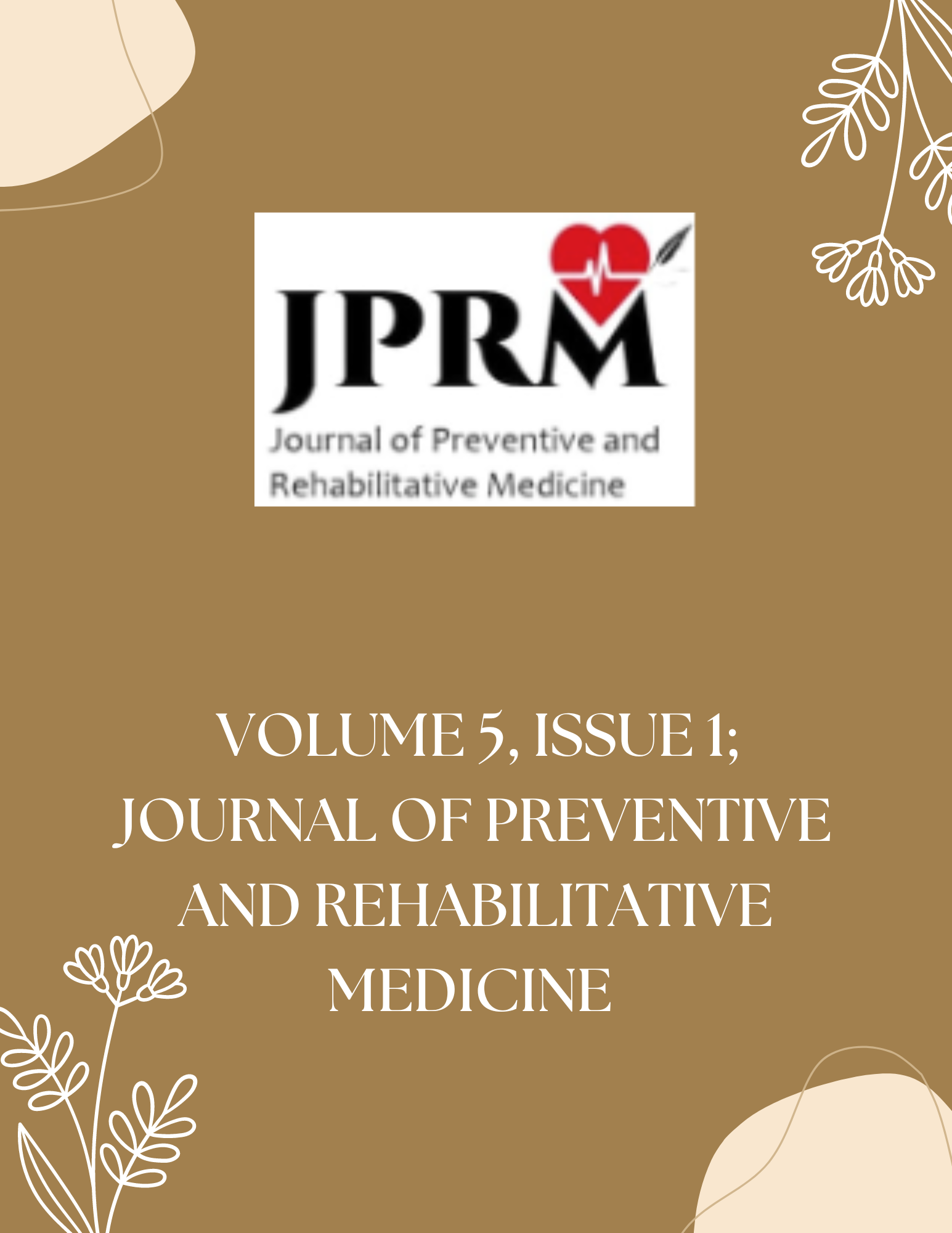Prevalence and commonly sustained injuries among male football players at the Olympic Youth Development Centre in Lusaka, Zambia
Abstract
Background: Football is an extremely popular, high speed, contact sport enjoyed by millions of people worldwide. Unfortunately, there is a high risk of injury during training and competition on the field of play caused by players colliding or falling awkwardly, while tackling or being tackled by an opponent. This study aimed to determine the prevalence and commonly sustained injuries among football players at the Olympic Youth Development Centre in Lusaka, Zambia Methods: Data was collected retrospectively from player records, from February to November 2016 using a record review checklist. Analysis of data was done using the statistical package for social sciences (SPSS) version 20.0 for windows. Descriptive and inferential statistics were used while association of variables was tested using the chi-square test and the t-test for categorical and continuous variables respectively. The significance level was set at 5%. Results: The overall injury prevalence during the 2016 playing season at OYDC was 31.7%. Majority 42.5% of these injuries were seen in participants aged 20 years and above. Factors that influenced injuries included collision with another player (P<0.001), previous injury (P-0.023) and level of competition (P-0.018). Conclusion: From the outcomes of this study, it is evident that football is associated with a high risk of injuries, especially on the thigh, and affecting those aged 20 years and above. It is paramount that further research focuses on modalities of injury prevention.All authors who submit their paper for publication will abide by following provisions of the copyright transfer: 1. The copyright of the paper rests with the authors. And they are transferring the copyright to publish the article and used the article for indexing and storing for public use with due reference to published matter in the name of concerned authors. 2. The authors reserve all proprietary rights such as patent rights and the right to use all or part of the article in future works of their own such as lectures, press releases, and reviews of textbooks. 3. In the case of republication of the whole, part, or parts thereof, in periodicals or reprint publications by a third party, written permission must be obtained from the Managing Editor of JPRM. 4. The authors declare that the material being presented by them in this paper is their original work, and does not contain or include material taken from other copyrighted sources. Wherever such material has been included, it has been clearly indented or/and identified by quotation marks and due and proper acknowledgements given by citing the source at appropriate places. 5. The paper, the final version of which they submit, is not substantially the same as any that they had already published elsewhere. 6. They declare that they have not sent the paper or any paper substantially the same as the submitted one, for publication anywhere else. 7. Furthermore, the author may only post his/her version provided acknowledgement is given to the original source of publication in this journal and a link is inserted wherever published. 8. All contents, Parts, written matters, publications are under copyright act taken by JPRM. 9. Published articles will be available for use by scholars and researchers. 10. IJPRM is not responsible in any type of claim on publication in our Journal. .

